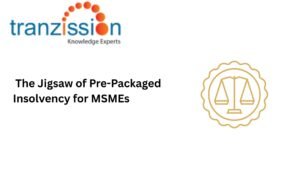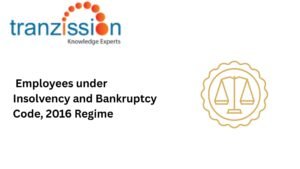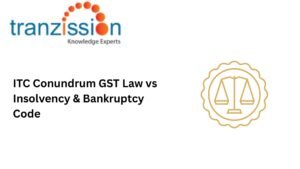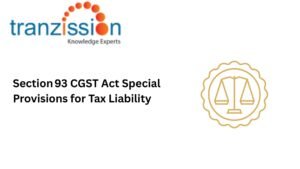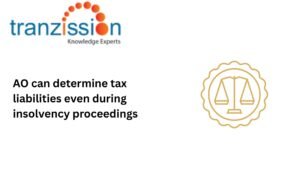
Debt Relief Insolvency Laws in India
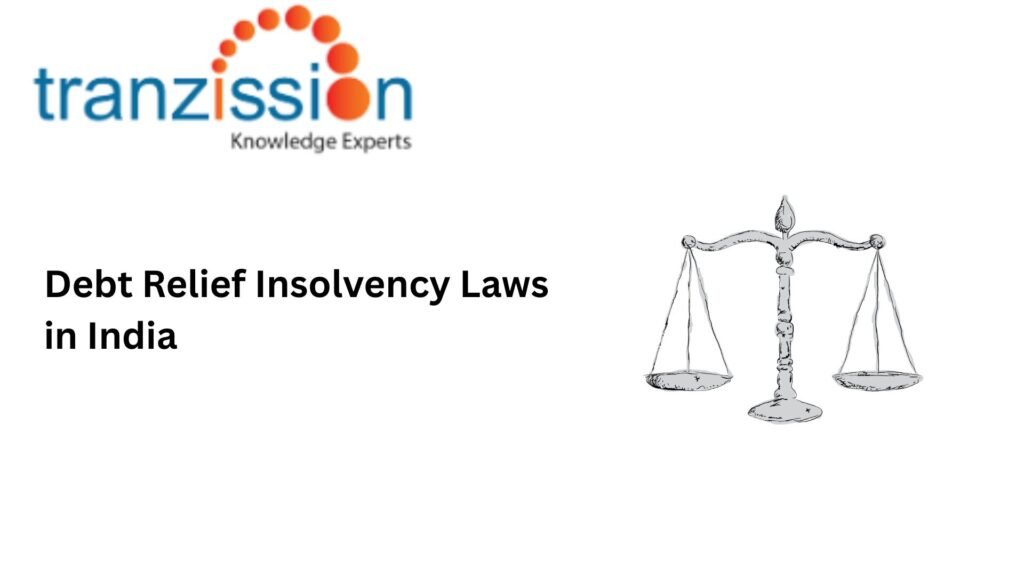
Table of Contents
India’s insolvency regime, anchored by the Insolvency and Bankruptcy Code, 2016 (“the IBC”), provides structured Debt Relief Insolvency Laws for companies, guarantors, and individuals by streamlining the insolvency resolution process and emphasizing time-bound resolutions. The framework aims to maximize asset value, balancing stakeholders interests, and facilitate a graceful exit for failing businesses.
The Groundwork: The Insolvency & Bankruptcy Code
The IBC matters because it provides a unified framework for resolving insolvency cases in India, aiming for time-bound resolutions, creditor control, and maximizing asset value. It is administered by the Insolvency and Bankruptcy Board of India (IBBI) and seeks to streamline the insolvency process, making it more efficient and creditor friendly. Debt Relief Insolvency Laws mandates a strict timeline, 180 days, extendable to 330 days in exceptional cases, thereby ensuring that value erosion of assets is minimized and economic activity is restored quickly.
Corporate Debt Relief Insolvency Laws Mechanisms
To resolve the financial issues of companies, the IBC provides mechanisms for corporate Debt Relief Insolvency Laws through the corporate insolvency resolution process (CIRP)
Full‑Scale Corporate Insolvency Resolution Process:
The CIRP process is initiated under sections 7, 8, or 10 of the IBC by financial creditors, operational creditors, or the corporate debtor before the National Company Law Tribunal (NCLT). The NCLT has 14 days to admit or reject the applications. Upon admission, a moratorium is imposed, suspending legal actions against the corporate debtor. This aims to provide a breathing space for the company to reorganize its affairs. An interim resolution professional (IRP) is appointed, and forms the Committee of Creditors (CoC) comprising financial creditors, to approve a resolution plan for the company’s revival. The CoC can choose to appoint the IRP as the resolution professional (RP) or replace them with another professional, to manage the company’s operations during the resolution process and facilitate the development and submission of resolution plans. If the CoC approves a resolution plan, it is submitted for the NCLT for approval. If no viable resolution plan is approved, the NCLT may order liquidation. As of December 2024, the success rate is reported as two resolutions for every one liquidation, with Rs. 3.58 lakh crore recovered, according to the government’s press release.
Pre-Pack Insolvency for MSMEs & Expansion Plans:
Pre-packaged insolvency for micro, small, or medium enterprises (MSMEs) offers a faster and more cost-effective way to resolve insolvency by pre-negotiating a resolution plan with creditors before formally filing for Debt Relief Insolvency Laws . While it has the potential to preserve business and jobs, the nature of the process can raise concerns about transparency and fairness, particularly for unsecured creditors who may not be involved in the initial negotiations. There is a risk that the pre-negotiated plan could favour certain creditors over others, potentially disadvantageous to those not involved in the initial discussions.
Personal Insolvency & Guarantor Relief
While the personal insolvency proceedings under the IBC through the Debt Recovery Tribunal (DRT) have seen limited uptake, there is a growing trend of insolvency resolution and restructuring for personal guarantors of corporate debtors. The IBC allows for creditors to initiate insolvency proceedings against personal guarantors, even if a resolution process for the related corporate debtor is ongoing or completed. The liability of a personal guarantor is generally co-extensive with that of the corporate debtor, meaning the creditor can pursue the guarantor even if the corporate debtor’s resolution is underway or completed. Despite the low initial uptake, there is a noticeable increase in the number of cases, involving personal guarantors being brought under the IBC’s purview, suggesting a growing awareness and utilization of these provisions.
Read more : What is the purpose of AFA for Insolvency professionals?
Recent Updates & Proposed Reforms
The 2025 amendments to the IBBI regulations introduce several key changes to the insolvency process. The amendments allow interim finance providers to participate as observers in CoC meetings, even without voting rights, which is intended to give them a better understanding of the corporate debtor’s operational status and financial needs, leading to more informed decisions about continued funding. RPs can now invite Expressions of Interest (EoIs) for either the entire corporate debtor or for specific assets or segments of the business, thereby providing flexibility in structuring resolution plans and allows for more tailored solutions. There is also a proposal to remove the mandatory requirement for the Competition Commission approval under Section 31(4), which is likely to streamline the resolution process by eliminating a step that could sometimes cause delays. Further, financial creditors who dissent from a resolution plan will be paid pro rata and have priority over those who voted in favour, in cases of staged payment. Hence, this ensures that dissenting creditors are not unfairly disadvantaged when resolution plans involve phased implementation and payments.
The upcoming IBC amendment bill, expected during the monsoon session of 2025, will focus on enhancing the insolvency resolution process in India. The key features in this bill include provisions for group insolvency, cross-border insolvency norms, and creditor-led resolution to expedite the process. Additionally, the bill proposes registry digitization and reduced reporting burdens from June 2025.
Benefits and Impact
Tangible Wins: The IBC has seen over 30,000 early resolutions before the CIRP even began, covering defaults of Rs. 13.78 lakh crore. These pre-CIRP settlements, along with successful resolutions have resulted in recovery rates of 30-36%, which are notably higher than the liquidation value.
Challenges to Address: The main challenges are significant delays in the resolution process and the lack of finality in resolution plans, as highlighted by the Bhushan Power case. The average time for CIRP is currently around 849 days, far exceeding the 330 day limit stipulated in the IBC.. Furthermore, the Supreme Court’s decision to overturn the resolution plan for Bhushan Power and Steel has raised concerns about the security of finalized deals and the overall confidence in the IBC processes.
Practical Guidance for Stakeholders
For Corporate Debtors: Corporate debtors need to have proactive measures like exploring pre-packaged insolvency resolution processes or early CIRP by actively communicating with creditors about the financial situation, proposed solutions, and progress, thus bundling trust and fosters collaboration. Debtors can also embrace digital compliance by utilizing digital tools for communication, data management, and compliance with regulatory requirements, thus, improving efficiency and reducing errors.
For Financial Creditors & Guarantors: Debt Relief Insolvency Laws Such stakeholders should participate in the CoC meetings and advocate for fair asset valuations to ensure fair and reflect the true market value. This is crucial for determining the appropriate resolution plan and maximizing recovery. Further, when a corporate debtor’s assets are insufficient to cover the debt, financial creditors or guarantors can initiate individual insolvency proceedings against the personal guarantors of the corporate debtor to recover the remaining debt.
For Insolvency Professionals: Insolvency professionals (IPs) should prioritize staying informed about the IBBI reforms and actively support the shift towards digitized reporting and expanded procedural responsibilities. The IBBI is encouraging the adoption of digital reporting and record-keeping, and IPs need to familiarize themselves with the requirements for electronic filing and reporting, thus ensuring compliance with the new standards.
Conclusion
India’s insolvency framework has been revamped to support corporate rescue, personal debt resolution, and enhance transparency, with ongoing reforms focused on streamlining processes. These changes aims to improve efficiency and effectiveness, particularly through the amendments to the CIRP and new guidelines for IPs. The overall goal of these reforms is to create a more robust and effective insolvency framework in India, promoting economic stabilization and facilitating the resolution of both corporate and personal Debt Relief Insolvency Laws challenges.

